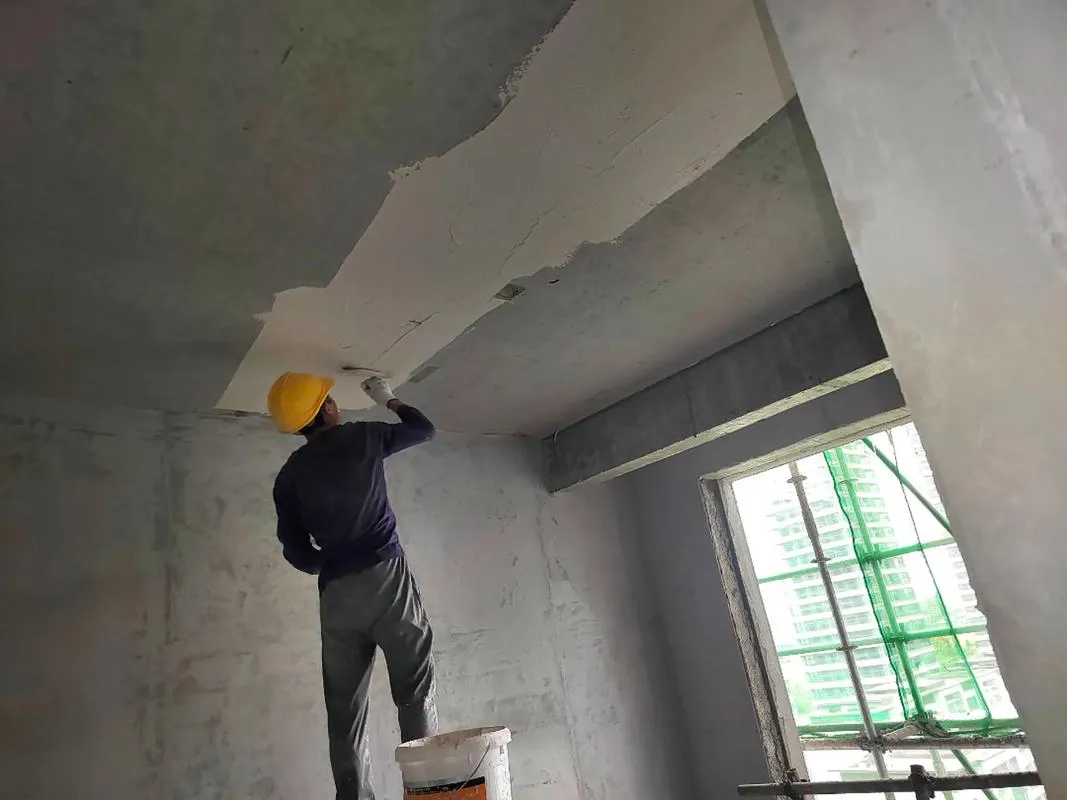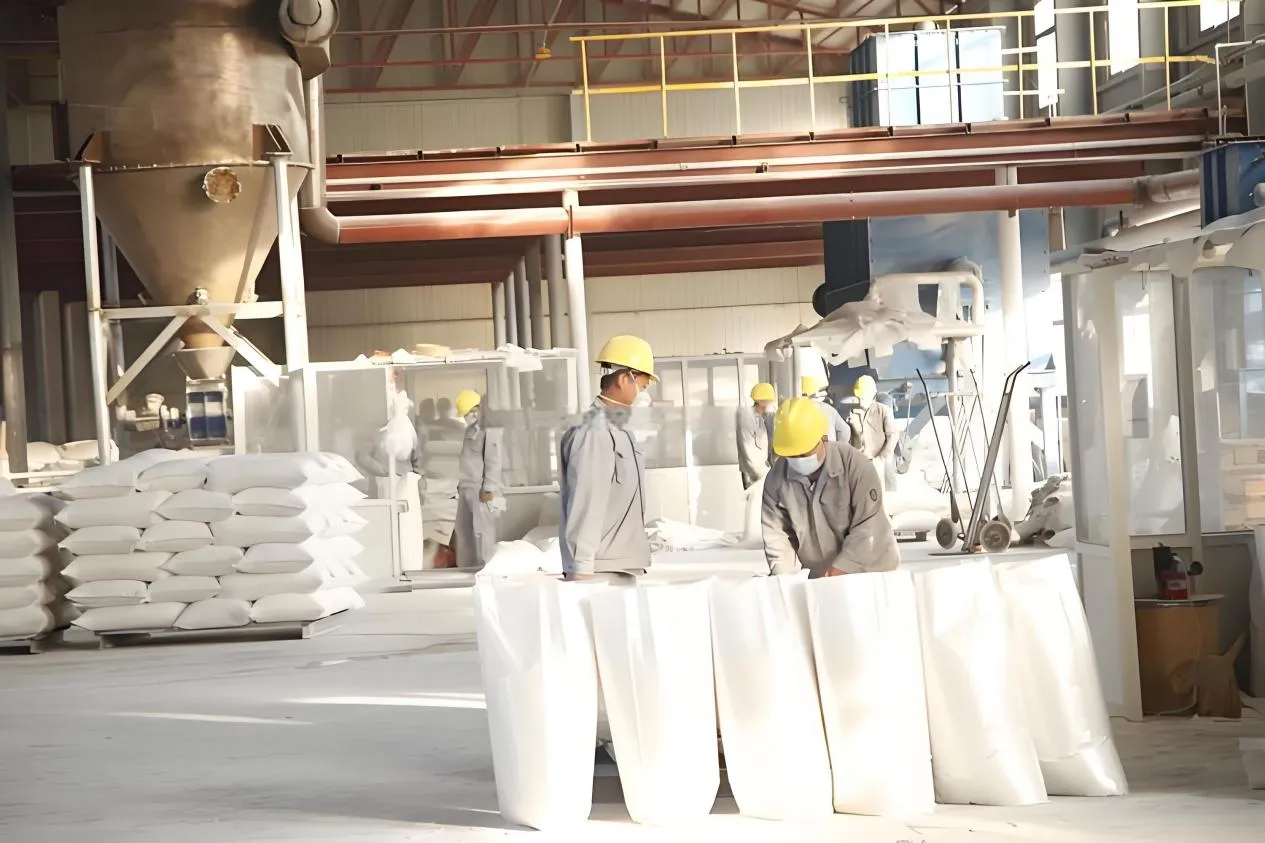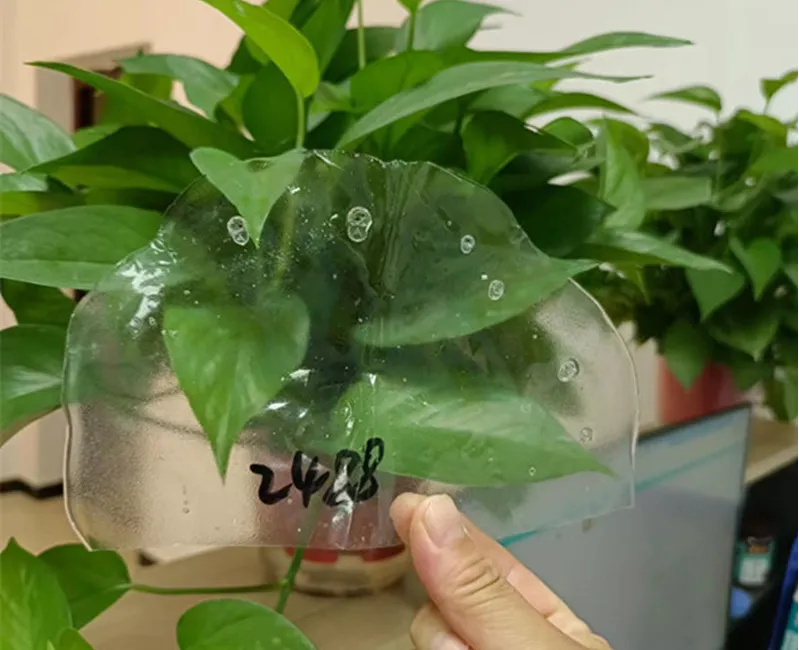
Understanding PVA and Polyvinyl Alcohol: Versatile Tools in the Construction Industry
Polyvinyl Alcohol (PVA) and Polyvinyl Acetate (PVAc) are essential components in the construction, painting, and plastering industries. Available in various forms and grades, such as PVA 10 and PVA 100, these synthetic polymers serve as bonding agents, primers, and additives for mortar, paint, and plaster. Whether you’re searching for PVA for sale or looking to understand its industrial applications, these materials offer excellent adhesion, flexibility, and water resistance.

PVA bond is particularly important in preparing surfaces before painting or plastering. Applying PVA bond before painting or PVA ceiling before plastering ensures a more secure adhesion between the old and new layers, preventing issues like peeling or flaking. Similarly, PVA for plastering walls and PVA for rendering increases workability and improves finish quality.
In chemical terms, PVA is derived from polyvinyl acetate through a process called alcoholysis. Understanding the polyvinyl alcohol manufacturing process gives insights into how manufacturers produce various grades suited for different applications. The MSDS of polyvinyl alcohol (Material Safety Data Sheet) is crucial for safe handling, especially in bulk applications.

Practical Construction Applications: From Priming Ceilings to Mortar Additives
In construction and renovation, surface preparation is crucial. Using PVA ceiling before painting or PVA ceiling before plastering is a widely recommended practice. PVA, when diluted with water, acts as a sealant and primer, helping the next coat (paint or plaster) to bond better and last longer. Its sealing properties reduce surface absorption, giving users more control over drying time and adhesion.
Similarly, PVA for rendering and PVA for plastering walls helps reduce cracking and improve bonding. It also slows down water loss from the mixture, which is especially helpful on highly absorbent surfaces like concrete or old plaster. Contractors frequently mix PVA in sand and cement to enhance mortar strength and increase the longevity of masonry work.
Beyond field application, manufacturers also produce polyvinyl alcohol paint and emulsions for architectural coatings, interior finishes, and industrial uses. These emulsions offer excellent film-forming abilities and are resistant to oil, grease, and solvents. The polyvinyl acetate emulsion price varies depending on formulation, viscosity, and intended use, but it remains an affordable solution for enhancing paint adhesion and flexibility.
For companies sourcing raw materials, polyvinyl acetate manufacturers and polyvinyl alcohol suppliers provide a wide range of industrial-grade emulsions and powders. Knowing where to find PVA for sale can make a significant difference in cost-efficiency for construction firms and product formulators.

Safety, Sourcing, and Technical Information
For anyone handling large quantities of polyvinyl alcohol, consulting the polyvinyl alcohol MSDS is essential. This document outlines hazards, storage guidelines, handling recommendations, and exposure controls. Despite being considered low-toxicity, proper ventilation, protective equipment, and spill management are all necessary when working with bulk materials.
Understanding the polyvinyl alcohol manufacturing process also provides valuable insights for product development teams. The polymer is typically synthesized by hydrolyzing polyvinyl acetate in methanol, a process that affects the degree of polymerization and alcoholysis. These characteristics influence water solubility, viscosity, and film-forming ability—key factors in choosing the right grade for painting or plastering.
For different construction needs, grades such as PVA 10 and PVA 100 are popular. Lower-number grades tend to be more water-soluble and are often used in paint and adhesive applications. Higher-number grades have more tensile strength and water resistance, suitable for heavy-duty construction tasks or cementitious blending.
As demand grows for multi-functional, cost-effective additives in construction, reliable sourcing becomes crucial. Buying PVA for sale from trusted manufacturers ensures material consistency, competitive pricing, and access to technical support.
Conclusion: Why PVA Is a Must-Have in Every Construction Project
Whether you're preparing a ceiling for painting, plastering walls, or modifying cement mixtures, PVA bond plays a crucial role in enhancing durability, adhesion, and finish quality. From the factory floor to the construction site, polyvinyl alcohol and polyvinyl acetate offer a flexible, high-performance solution for professionals across industries.
With a wide selection of grades like PVA 10 and PVA 100, and easy access to product safety data such as the polyvinyl alcohol MSDS, these materials have become an integral part of modern building practices. Understanding the polyvinyl alcohol manufacturing process and partnering with reputable polyvinyl acetate manufacturers or distributors offering PVA for sale ensures project success from start to finish.
FAQ Section: Key Questions About Using PVA in Painting, Plastering, and Construction
What is the purpose of applying PVA to a ceiling before painting or plastering?
Applying PVA ceiling before paintingor PVA ceiling before plastering helps seal porous surfaces, ensuring even absorption and stronger adhesion. This results in smoother finishes and longer-lasting paint or plaster.
Can PVA be added to sand and cement mixes?
Yes. Using PVA in sand and cementimproves bonding, reduces surface cracking, and enhances the mix’s water resistance. It’s particularly useful in repairs and rendering applications.
What’s the difference between PVA 10 and PVA 100?
PVA 10typically represents a low-viscosity grade suited for light bonding tasks like paper or primer coatings. PVA 100 is higher in strength and water resistance, used in concrete and construction-grade applications.
Where can I find reliable PVA for sale?
You can find PVA for salethrough specialty chemical distributors, polyvinyl acetate manufacturers, or industrial supply companies. Always request the polyvinyl alcohol MSDS before purchasing in bulk.
What is the polyvinyl alcohol manufacturing process?
Polyvinyl alcohol is made by hydrolyzing polyvinyl acetate in methanol. The process affects the product’s molecular weight and solubility, determining how it can be used in adhesives, paints, and coatings.
-
Exploring the Versatility of Polyvinyl Alcohol (PVA)소식Aug.13,2025
-
Understanding Water Reducing Admixtures: PCE, HRWR, and Concrete Performance Enhancement소식Aug.13,2025
-
The Versatile Power of Polyvinyl Alcohol: From Bulk PVA Bags to Plaster Bonding소식Aug.13,2025
-
The Role of CP1000 and Polycarboxylate Ether in Modern Water Reducing Admixtures소식Aug.13,2025
-
Redispersible Latex Powder: The Backbone of Modern Dry-Mix Mortar Formulations소식Aug.13,2025





















